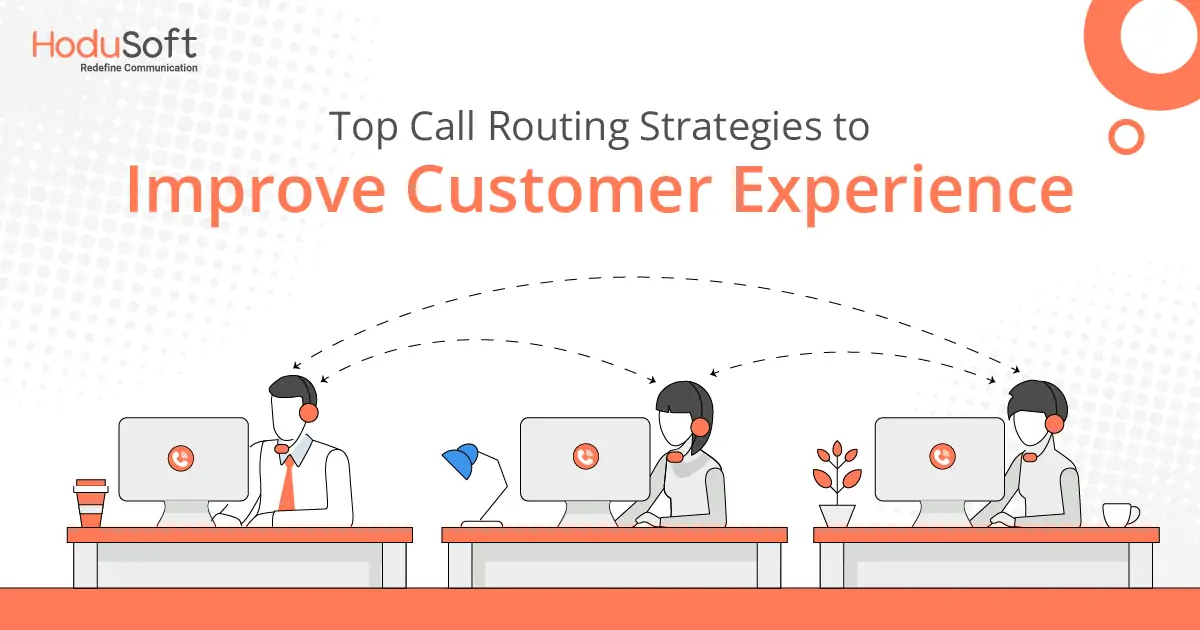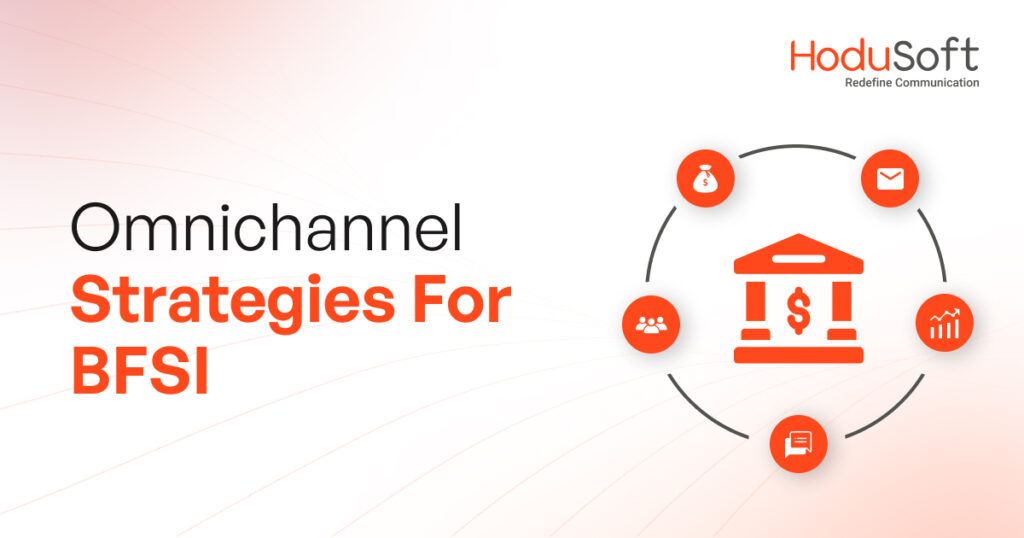Top Call Routing Strategies to Improve Customer Experience
An exceptional customer experience is critical to a business’ immediate and long-term success. Today, 83% of customers expect to engage with someone when contacting a business. While meeting these expectations every time might be impossible, enhanced call routing strategies will get call or contact centers close to increasing customer satisfaction. Through call routing, it becomes much easier for businesses to optimize queue times and improve customer experience.
Call Routing System: What is it and How Does it Work?
Call routing, also called Automatic Call Distribution System (ACD) is a call management tool that automatically distributes calls to the right agent or department based on the rules set by businesses. It’s a VoIP (Voice over Internet Protocol) feature that allows customers to connect with call center agents based on particular queries.
When a customer calls a business, they may interact with an auto-attendant or IVR system that automatically routes the call or asks for input and then routes it to the right department. Furthermore, there are several different call routing strategies explained in this blog that can help businesses to cut down on hold times, prevent call transfers, and improve overall customer experience.
Top 9 Call Routing Strategies for Businesses
Several call routing techniques are currently available and choosing the most effective and appropriate entirely depends on the size and objective of a business. Some of these strategies include:
Direct Routing
Direct routing is the most common and simple call routing strategy to implement for any business. In this, customers use their phone’s numerical keypad or speech recognition software to connect to a particular department associated with that number. For example, the number 1 is associated with support and the number 2 is with sales. In this type of routing technique, the call is always connected to the first agent on the list and if they’re occupied, it goes on to the next agent.
IVR Routing
IVR (Interactive Voice Response) routing is a routing method similar to direct routing in which customers use their speech recognition or phone’s keypad to navigate to the menu. However, this routing strategy allows customers to interact with the pre-recorded audio and enables them to get the required information. This routing strategy is mainly followed by telecommunication companies, retail businesses, banking, etc to provide customers with details like check balance, update them about any value-added services, receive OTPs, order confirmation or cancellation, and more. While this routing strategy helps customers to receive quick solutions, it’s important for businesses to provide them with an option to interact with a live call center agent if required.
Least Idle/Least Occupied Routing
Using an ACD system, configurations can be changed to slightly more sophisticated call routing strategies such as least idle or least occupied routing. In the least idle call routing, calls are typically placed or transferred to a call center agent who has been waiting for a call for the longest duration. On the contrary, in the least occupied routing, the next call is transferred to an agent who has been on the least number of calls throughout the day. With the help of these call distribution strategies, the workload is evenly distributed among the call center agents. So if you’re a business that wants to handle large call volumes, HoduSoft has carefully designed the outbound call center software, HoduCC, that enables your agents to manage calls in a timely manner without getting overburdened.
Skill-Based Routing
With skill-based routing, a customer’s call is assigned to a call center agent having the most relevant skills to resolve a particular query. For example, if a customer has a concern about an unfamiliar charge, the call is automatically routed to a billing department agent who has access to the customer’s account history. Businesses that want to make sure that every call is handled by the highly appropriate agent, HoduCC, a contact center software designed by HoduSoft allows them to do just that. With the help of this software, businesses can transfer the calls to specific skilled agents, teams, or departments based on the predefined routing rules, which further results in improving first-call resolution rates.
Dynamic and Service Level Routing
Even though in skill-based routing, an agent holds relevant skills to resolve a customer’s concerns, higher expected and predicted wait times can ruin the overall customer experience. Here, following a dynamic routing is the best strategy for businesses to opt for. Besides, if there’s a possibility that the expected wait time may breach, the system must be able to pull ‘back up’ agents into the queue to preserve the service level. This routing strategy is called service level routing.
Intelligent Call Routing
As per Mckinsey’s survey, 94% of leaders think that they will need to hire new agents or train current ones in new skills. Since training or hiring agents is a costly investment, it might be wasted unless customers can immediately connect to the right agent. But businesses can easily achieve this through the implementation of an intelligent call routing strategy. This routing strategy helps the system identify the caller and the reason for the call, and routes the call to the optimal agent. And this information can easily be gathered by integrating a simple speech-enabled IVR at the call’s front end. Implementation of this strategy not just improves the service levels, it also boosts the agent’s productivity.
Geography-Based Routing
Geography-based routing, often called geo-routing or location-based routing, is an automated call routing strategy that routes customers’ calls to a set destination based on their geographical location. In this, the system identifies the area code provided through the caller ID or by manually entering the zip code. This type of routing is ideal for businesses having call centers set up at multiple locations to support their customer base.
Priority Routing
Another intelligent call routing strategy is priority-based routing which offers the ability to build different queues based on the caller’s priority. For example, the call or contact center of a bank could set up the ACD system in order to push their most valuable customers to a VIP queue and others to a general queue. Both the queues are typically handled by the same call center agent, but calls from the customers in the VIP queue are always answered before the ones in the general queue.
Round-Robin Call Routing System
Round robin routing refers to a call routing strategy in which calls are distributed across all the call center agents one by one. Whenever a customer calls, the system automatically identifies the agent who responded to the last call and then routes the call to the next call center agent in the queue. The routing takes place based on the order of agents predefined in the system. This is the least recommended call routing method for businesses as in this, the wait time distribution is uneven and the caller might need to wait for a particular agent to answer.
Leverage Call Routing for mart call assignments with HoduCC
Now that you know different call routing strategies that can be implemented on your business’ call routing system, choose the one that aligns best with your requirements. While the advantages of each automated call routing strategy mentioned above vary from business to business, two fundamental benefits remain the same for all call center efficiency and increased customer satisfaction.
No matter whether you’re a small business or an established enterprise, HoduSoft’s omnichannel contact center software, HoduCC, is crafted carefully to help you deliver a stellar customer experience, increase customer satisfaction, boost your agents’ productivity and achieve your desired business goals.
To learn more about our Unified Communications solutions and technologies, call us at +1-707-708-4638 or email at: [email protected]



